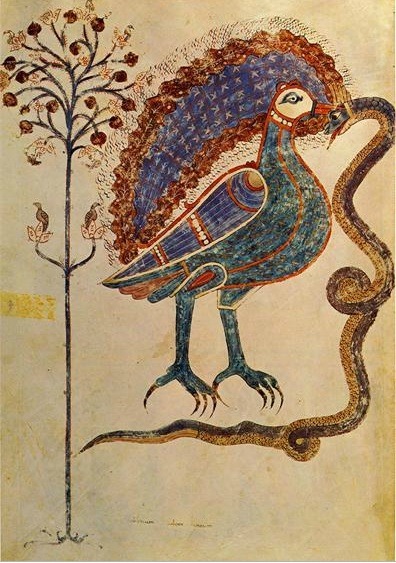#iberian peninsula
“The Trance Ritual”
Here is the finnished drawing of the previous post. It took ages to take a decent photo as the drawing was stubbornly glaring at the camera… hard lessons in photographing drawings… always fun.
Post link
The title for this piece is still undefined but its part of my upcoming sculpture show. It’ll be about the Neolithic period, it’s matriarchal societies and the subsequential transition to more violent eras. Keep in tune for more stories made of stone.
In this piece I experimented with white chalk and grafite mixed together, it can get mushy but some of the results are delicious.
Post link
Here’s some detail shots of my Neolithic inspired figure, I have posted this before but I really like showing details. Here she is, feeding the world.
Post link
Late summer photo shoot of my Neolithic Venus. I took the piece to the “Côa” river valley, a place that seemed to be of utmost importance scince at least 20 000 years. Thousands of rock engravings have been found on this site, no one knows what the meaning of such a high concentration of engravings is but… it feels right to bring my sculpture over here. It’s also delicious to finalize a piece with a glorious landscape photo shoot.
Post link
Recently Anthony Baus came to my studio @portoatelier for a figure and perspective workshop. This is my take on that week. The model was the most muscular human I ever drew… … I imagine guys like this back in the iron age resisting the occupation of the Roman empire… It’s been a loooong time since those events in the Peninsula but I really hope they gave those invaders a hard time…
Post link
“Offerings II”
On the first drawing of this series I used the skull of a male mammal as a symbol of ovaries, on this piece I used a sheep’s skull to represent… “masculinity”… really curious coincidences of patterns in nature… Graphite, white chalk and black wax pencil on hand toned paper.
Post link
This weekend I took my latest ceramics experimentation to the wild (my home city). It’s beautiful and super close to incredible locations. The first nature shot was in one of the holiest places of pagan Iberia: “Cabeço das Fráguas”. This site contains an incredibly rare inscription describing a ritual to the old gods in an ancient indo-european language. The rest of the shots where taken in the vicinity of continental Portugal’s highest mountain, Serra da Estrela.
Post link
“Offerings”
Super cool how the head of a ram with no horns attached almost resembles the shape of ovaries and utterous.
Graphite and black wax pencil on paper.
Post link
A sneak peek at the development of this Neolithic Goddess interpretation. After this it’s the Tetris stage… also known as hollowing out… I’ll have to cut the piece into a puzzle, let it dry out, and then, to the kiln. Exciting moments!
Post link
A sketch for a river god piece.
I went to the douro valley for a proper display of the sculpture, a homage to Reve, one of the old gods, with the Douro river in the background.
Post link
“The owl worshipping woman”
Based in arqueological Neolithic artifacts from the Iberian peninsula. The female goddess assumed many shapes, most frequently she was represented with the eyes of an owl. He is my interpretation on these findings.
Post link
Looking for new concepts, poses and ideas in small sketches. This one is called"sus scrofa" and I might turn it into a big sculpture.
Post link
Master of Affligem [Netherlandish. c. 1480 - c.1520]
Philip the Fair and Joan the Mad. c. 1495 - 1506
Maximilian I was supported in his struggle against France by England and Spain; in the latter case, the alliance was to be consolidated with a marriage. Although the widower Maximilian initially wanted to marry a Spanish princess himself, the royal house of Spain expressed a preference for the younger generation. In 1496 there was a double wedding: the children of Ferdinand and Isabella, Joan (Juana) of Castile and Aragon and her brother Don John (Juan), Prince of Asturias, were married to Maximilian’s children Philip and Margaret of Austria.
The marriages were thus not part of some cleverly conceived Habsburg strategy for acquiring the Spanish throne but, rather, a means of strengthening an alliance: the Austrians and the Spanish were to join forces in order to drive the French out of Italy and each take a share of the peninsula for themselves. However, the double wedding was followed by a sequence of strokes of good fortune that favoured the Habsburg cause: not only did Margaret’s new husband Don John die but so did all the other Spanish royal heirs, putting Joanna and her husband Philip first in line for the throne. In 1500, furthermore, they consolidated their claim to the succession by producing a son, the future Emperor Charles V, so that when Philip became King of Castile in 1504, Spain and all its possessions fell into Habsburg hands.
Only a few years later, however, Philip died, after which Joanna is said to have lost her mind – thus going down into history as Joanna the Mad – and was in any case not capable of governing. In 1506 her young son Charles was named as Philip’s successor; his grandfather Maximilian took measures to guarantee that the young boy would indeed one day accede to the throne. So it was that in 1516, as a result of a sequence of accidents, Charles became king in Spain, Naples and Sicily, and the Spanish colonies.- Read more on habsburger.net.
Post link
Folio illustrating the combat of the bird and serpent from the Spanish Gerona Beatus, c. 970. Image taken from ARTstor.
This scene is characteristic of the mozarabic style, which makes use of bold, primary color palettes and stylized, patterned, and linear imagery which is influenced by Islamic artistic tradition in the Iberian peninsula.
Post link

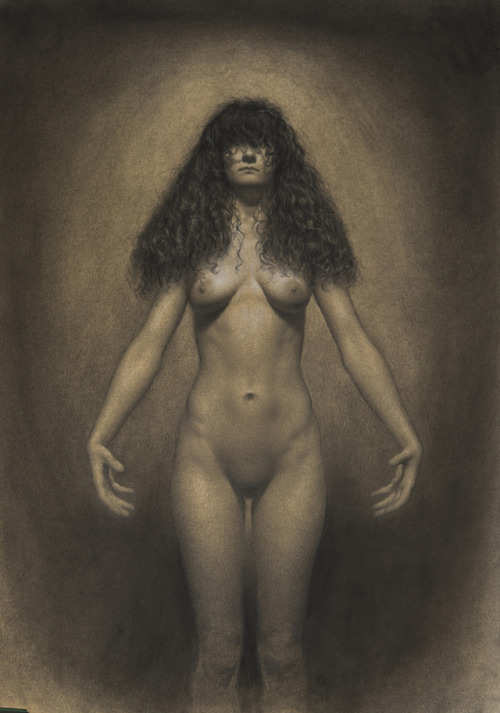
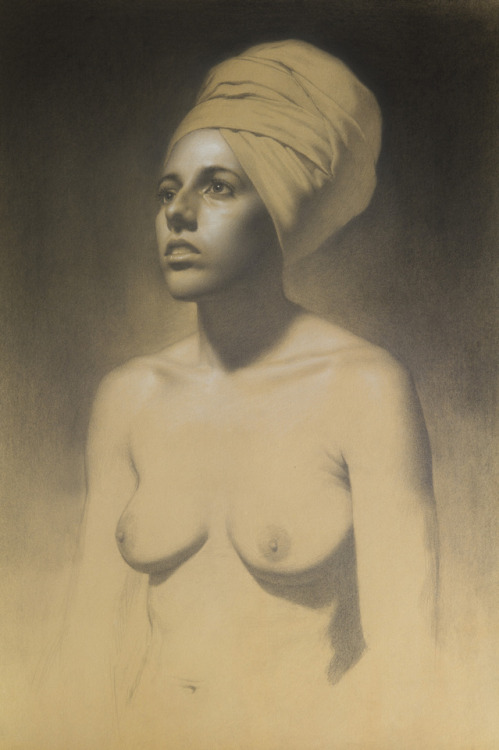




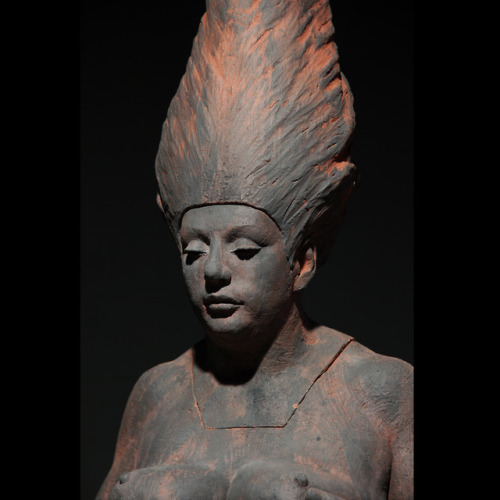




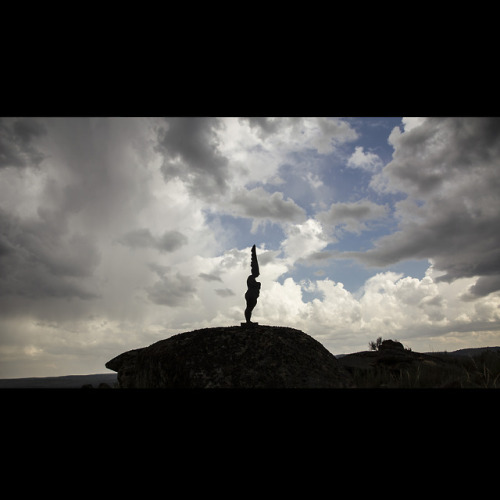

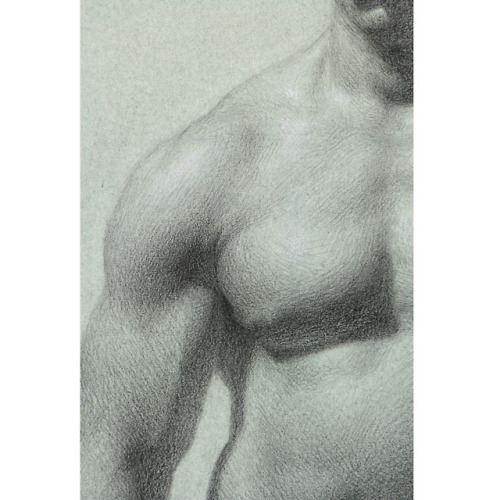

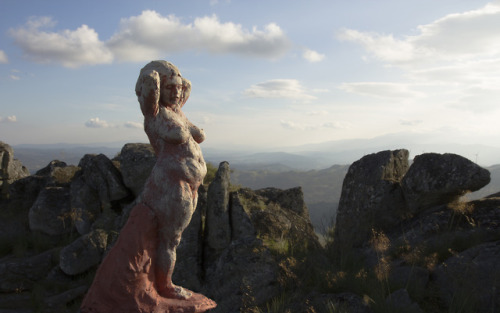
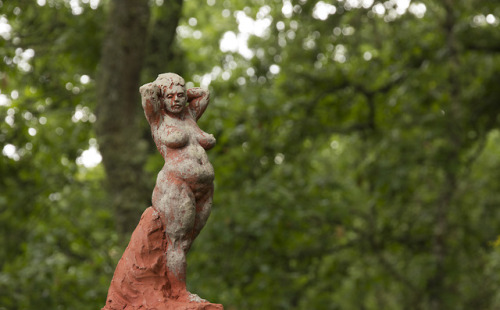





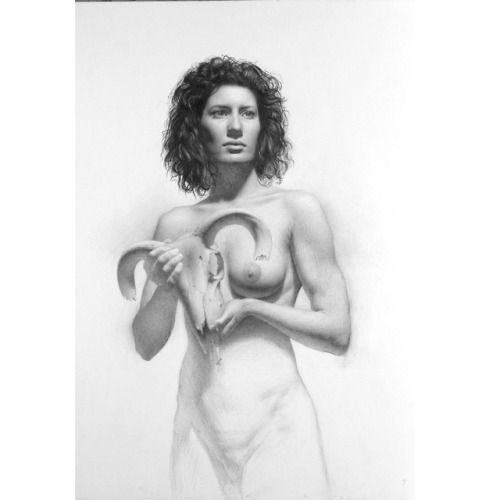
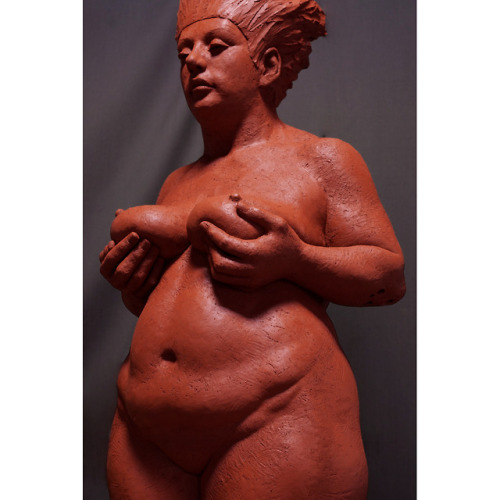




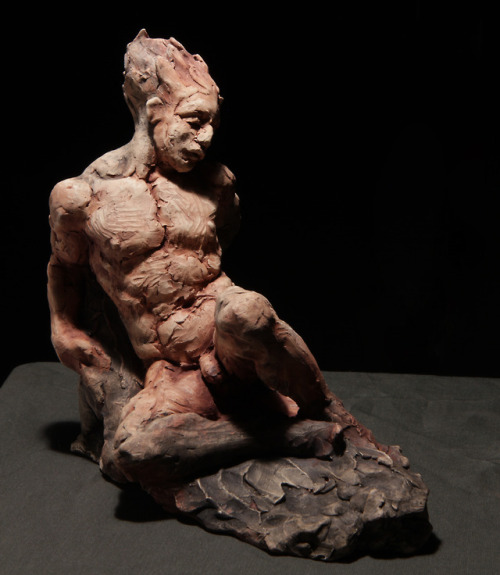


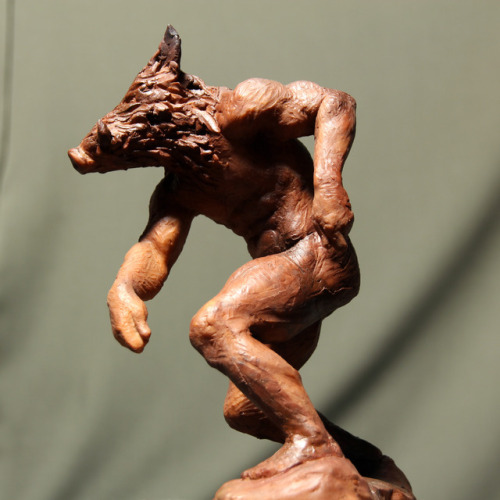
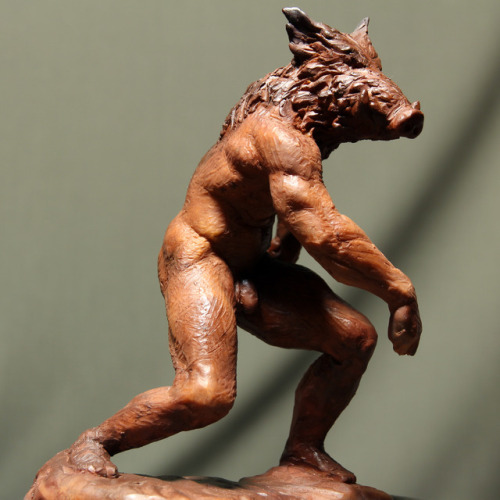


![Master of Affligem [Netherlandish. c. 1480 - c.1520]Philip the Fair and Joan the Mad. c. 1495 - 1506 Master of Affligem [Netherlandish. c. 1480 - c.1520]Philip the Fair and Joan the Mad. c. 1495 - 1506](https://64.media.tumblr.com/8eda8ffc6737882d4ae30c8c348689fc/a12cf2d04ec0e714-34/s500x750/764e11f17ba8417a44f603b331dba4f3cbea0621.png)
![Juan Pantoja de la Cruz [Spanish. 1553 - 1608]
La Reina Isabel de Borbón. c. 1620 Juan Pantoja de la Cruz [Spanish. 1553 - 1608]
La Reina Isabel de Borbón. c. 1620](https://64.media.tumblr.com/019d87bc732fc6ed7f4a870e380d17dd/c21ef46e8997ba8d-43/s500x750/78d836913c21fe664d7f5204cc3e4323d14ed666.png)

